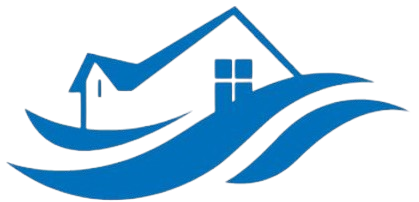Smoke-Damaged Drywall Restoration Services in Vista Village, California
Possible Causes of Smoke Damage to Drywall
Smoke damage to drywall often results from household fires, electrical malfunctions, or cooking accidents. When a fire occurs, the combustion releases soot and smoke that can seep into walls, causing discoloration and odor. Even small kitchen fires or unattended candles can lead to noticeable soot buildup on drywall surfaces.
In addition, residual smoke from nearby fires, such as wildfires or neighbor’s stoves, can also infiltrate indoor spaces and settle on drywall. Poor ventilation and the absence of proper air filtration systems exacerbate the issue, allowing smoke particles to embed deeply into the drywall material. These causes emphasize the importance of prompt professional intervention to prevent long-term damage and health risks.
How Our Experts Restore Smoke-Damaged Drywall
Our team begins the restoration process with a thorough assessment of the affected areas. We identify the extent of smoke and soot infiltration, paying close attention to hidden or hard-to-reach spots behind fixtures and within wall cavities. This initial step ensures that our approach is precise and effective from the start.
Next, we carefully remove the heavily contaminated drywall sections that can’t be cleaned or salvaged. For areas where cleanup is possible, we employ advanced cleaning techniques, including specialized soot removal agents and high-efficiency particulate air (HEPA) filtration. This not only restores the surface but also improves indoor air quality.
Finally, our team applies professional-grade primers and sealants to prevent lingering odors and soot stains from re-emerging. We work efficiently and tidily, ensuring your space is restored to its pre-damage state as quickly as possible. If necessary, we also coordinate with drywall replacement and repainting services to complete the restoration seamlessly.
Why We Are the Best Choice for Smoke Damage Restoration
Our experienced team understands the urgency and sensitivity involved in smoke damage situations. We prioritize clear communication, providing transparent assessments and clear explanations throughout the process. This ensures you’re informed and comfortable every step of the way.
We utilize the latest industry techniques and state-of-the-art equipment to deliver superior results. Our experts are trained in environmentally friendly and health-conscious approaches that protect your family and reduce the risk of future issues. Our focus on quality workmanship and attention to detail set us apart from other local providers.
With years of experience serving residents and businesses in the area, we have built a reputation for reliability and excellence. We’re available 24/7 for emergency responses, so you can count on us to be there when you need swift, professional help. Call us today at (888) 884-7150 for trusted smoke-damaged drywall restoration services.
Frequently Asked Questions
What are the signs of smoke-damaged drywall?
Discoloration, persistent odors, soot stains, and soot buildup are common indicators. Sometimes, you may notice peeling paint or bubbling wallpaper as well.
How long does drywall restoration typically take?
The duration depends on the extent of damage, but most projects are completed within one to three days. Our team works efficiently to minimize disruption.
Can I clean smoke-damaged drywall myself?
While minor soot spots can sometimes be cleaned, thorough restoration requires professional techniques to fully remove smoke residues and odors. DIY methods may not fully resolve the problem and could cause further damage.
Will my walls need to be replaced after smoke damage?
Not always. If the soot and smoke infiltration are superficial, we can restore your drywall with proper cleaning and sealing. Severe damage or deep soot penetration may require drywall replacement.
How can I prevent future smoke damage to my drywall?
Installing smoke detectors, maintaining electrical systems, practicing safe cooking habits, and ensuring proper ventilation can significantly reduce the risk of future damage. Regular inspections can also help catch issues early.
